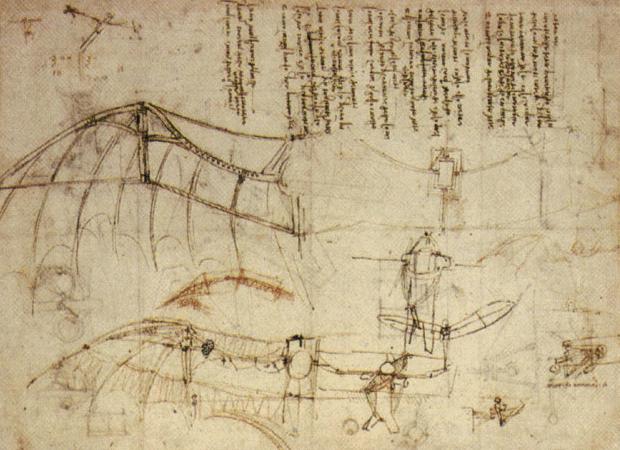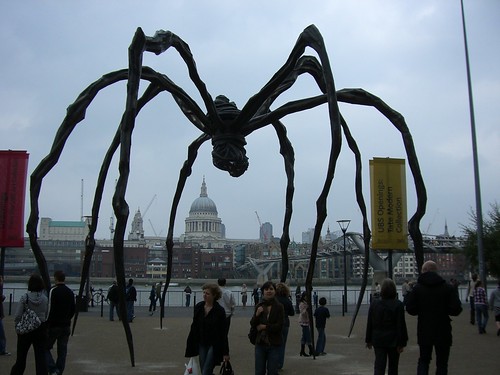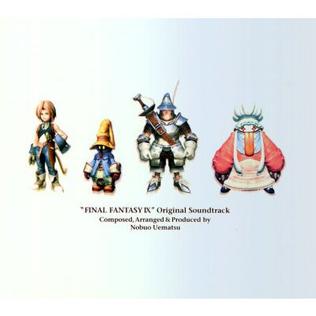The Final Blog task
I came to this course from an illustration focused art foundation, which turned out to be nothing like I was expecting. I was expecting to be taught different skills in different media to help me establish what I wanted to do in my art based future. Before about year 12 I wasn't even sure I wanted to do art. Art was just something that happened in my spare time and in art classes. It was part of me, but not necessarily who I was. As I specialised further and further in my school career, dropping things for GCSE, dropping things for A level, I began to realise that I couldn't just let art go.
I'd had the idea of drawing concept art for games for quite a while, I think since Ratchet and Clank 1 where one of the secrets you could unlock was the concept art for the game. I was inspired and the idea lodged in the back of my head along with my other vague plan - illustrating books.
So I moved on to the art foundation, where I was given vague ideas and comments. 'Produce a final piece on the idea of a votive object.' 'Draw without drawing' 'This is wrong but we will not tell you why'. When we came back after the Christmas break and were told we had better be damned confident in ourselves if we were going to be illustrators because we would have to sell ourselves every second of every day I broke down. I knew I couldn't do it. Couldn't compete with the egos and strange dress sense and overwhelming confidence in something I didn't even understand.
So I explained to my Mum what had happened and I bunked the next day and spent the entire time trawling UCAS searching for my two ambitions: Game Design and Book Illustration. I hadn't even realised you could do Game Art as a degree! I'd been planning on trying to get my foot in the door after finishing an illustration degree. I phoned round for some open days and suddenly life seemed a lot better.
As you can guess, I had an open day and interview at DMU and got on the course.
So why did I write all that? I don't think I've forgotten since I've been here that I have battled through a course that I truly didn't enjoy, and where I didn't learn what I wanted. Here I have felt settled and like I belong on the course, something I never felt on my foundation. I've also learned a lot, and it was stuff I was expecting and hoping to learn. So basically I am grateful for what I have here, which is something to keep in mind when reading my whiny complaints!
So do I have any suggestions for next year? Well I felt that the first project really flung us in at the deep end. While it did make us learn quickly, it was also pretty stressful. I know that Joel did his best with so many people who had no idea what they were doing, but I think we could have done with more one on one help. So for the sake of the next first years, I'm going to suggest a buddy system. Teaching other people how to do things that we already know how to do will ease the stress on Joel, help the first years feel more accepted and also re-enforce what we know.
Also having PCs that don't die every few minutes would be wonderful. We were all so impressed with their shiny newness at the start of the year but now you're lucky if half of them will run Max.
Other than that I feel like the 3DS Max stuff has been going well. I've really enjoyed making the street furniture and trees because you can see how it's directly relevant and ready for a game environment. There have been grumbles that it isn't interesting enough but we have to be able to walk before we can run. Group work should be interesting for next year, and maybe for after Easter if people still want to model animals from the zoo.
As I said before I've been really enjoying the drawing module. I surprised myself at the tutorial with just how much I've done. 3 full sketchbooks, one A5 sketchbook from the zoo and a big fat texture book. As well as a hand, wire man, chimney and arcade cabinets.
The formal drawing lessons have been really useful and not something that I've really had before. I had picked up various rules and tricks but the perspective stuff really helped. Shame we didn't get round to colour theory. That would be nice for next year.
I'd love for there to be more focus on the hand made 3D stuff next year, I've felt like it's been really beneficial. More time with Chris in classes would also be really good. I know he wants to be a full time tutor and I think it'd be really useful for us to have his direct input on our 3DS Max work.
I'd love if we could have our own studio space where we could work. I'm running out of space for all my 3D junk and my room is littered with the results of my artistic experiments.
The blogs have become a lot more fun for me, and I think I'll do my best to keep them up. God knows what Mr P thinks of all my days/ nights out but I like posting about them. It's a fun way to communicate with everyone and it's far better than essays would be. It would be nice if the blog tasks would link more closely with the lectures we have but I know that's not always possible because people are unpredictable.
The lectures have been really interesting and have provoked a lot of discussion. I think the inclusive gaming was probably the most hard hitting one for me because it made me analyse my own habits and preferences and examine what they're affected by.
I think I'd like to comment on the amount of notice we get for some stuff. In my experience Art departments are always slightly shaky on the organisation front. Deadlines and criteria changing, sudden field trips, unexpected tutorials, and timetable mess ups have all been annoying simply because they are all so preventable. Notices on the VLE would solve most of it.
Finally, the VLE itself. Could be a very useful tool but people just don't really check it now apart from for briefs and project deadlines. At the start of the year it had a bustling forum which has now sadly stagnated. Perhaps having a link to a separate Vbulletin messageboard or similar might be better?
 For once in my life I have actually produced something purely in photoshop that I'm happy with. I think having a tablet has made a lot of difference.
For once in my life I have actually produced something purely in photoshop that I'm happy with. I think having a tablet has made a lot of difference.










































